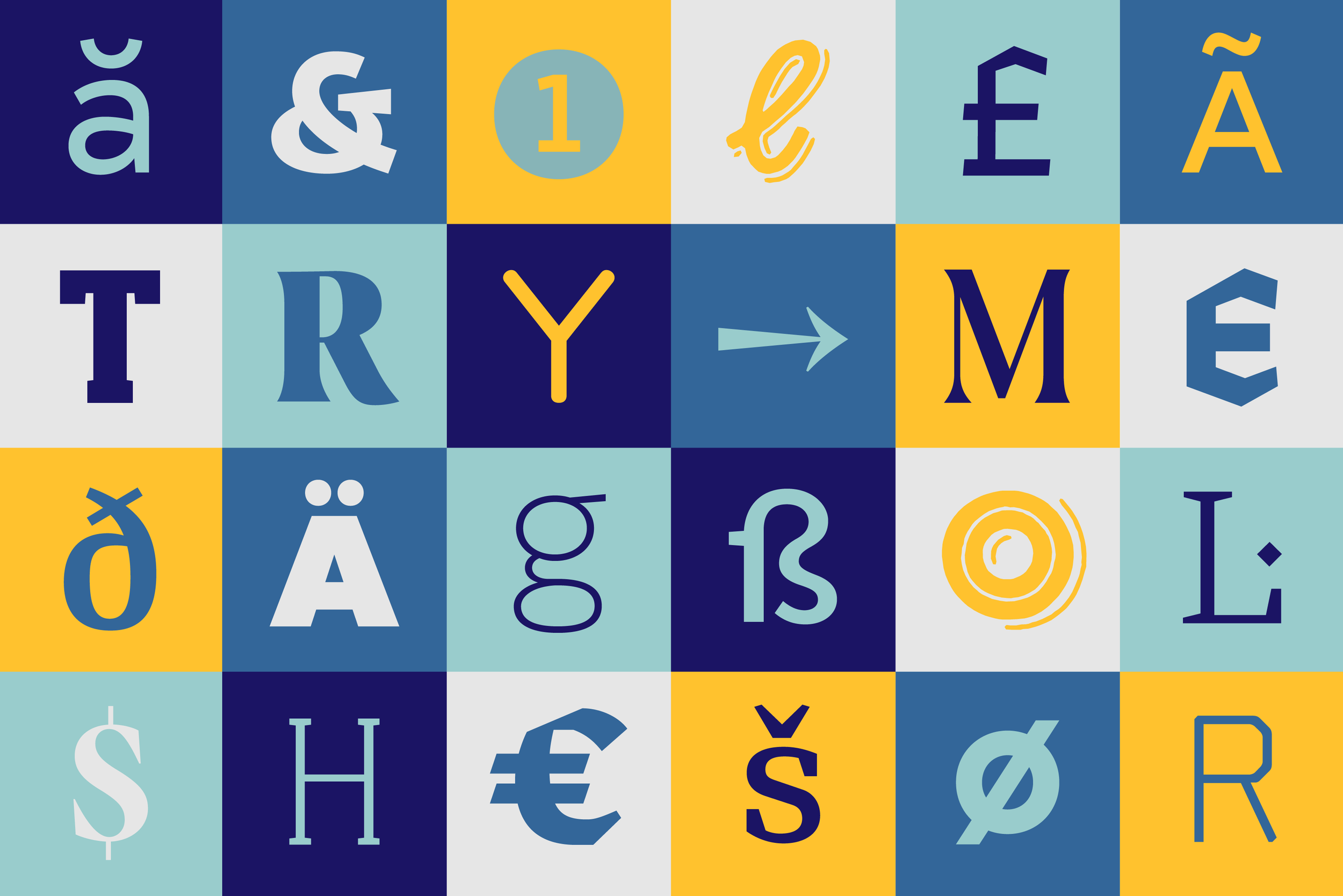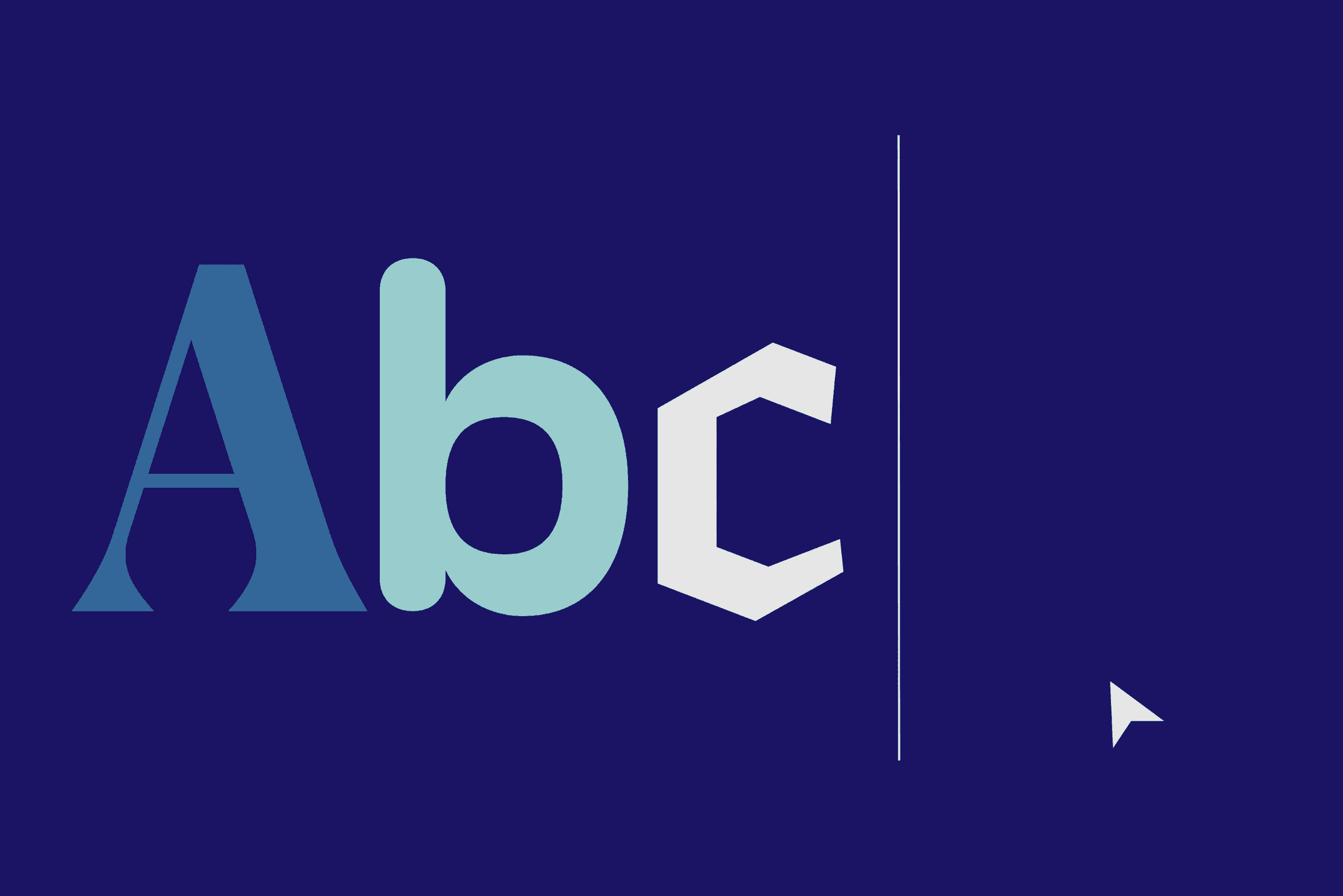The perks of using a font subscription: In conversation with Ariadne Remoundakis from Adobe.
Font subscription services are a new alternative to downloading and licensing fonts. There are a number of companies out there that have different price plans catered to the specific needs of the designer. The fonts available are usually aimed at desktop, web and print for however you desire; freelance and personal projects, client pitches, creating websites and many more. It is all about finding the one that best fits you and your work. This gives you the freedom to use the available fonts wherever you like by providing easier browsing and syncing options to your devices and offers variety by releasing new fonts often.
There are many options now for customers to download fonts these days; buying outright from foundries and distributors, trialling, downloading free fonts, you get the idea. However, over the course of the last few years, subscription services seem to be becoming more popular for technological companies with the likes of Spotify, Microsoft, Apple Music, Netflix and even Xbox to name but a few offering such services. So it comes as no surprise that naturally the font industry would follow suit, with many font distributors taking this route. An example of this is Adobe Typekit who The Northern Block have been a part of for over a year now. So what does using font subscription services mean to the type industry and designers? Are they the way forward? I spoke with Ariadne from Adobe to find out more:
Hello Ariadne, first of all could you explain to those who may not know, what is Adobe Typekit?
Typekit is a subscription service for fonts which users can sync to their computer or use on a website. Instead of licensing individual fonts, our full library of fonts can be accessed through an Adobe Creative Cloud subscription. Beyond this, we also have a collection of fonts on Typekit Marketplace which are available for purchase.
They originally were separate entities. How did the relationship between Adobe and Typekit begin?
Adobe joined Typekit as a foundry partner in 2010. It was a great move for Adobe to get some of the Adobe type library in the hands of web developers. The relationship developed and Typekit was acquired by Adobe in 2011, when it was purely a web font service. We have since added the ability to sync fonts and use them on all desktop apps. The Typekit library is included in the Creative Cloud subscription and is now integrated with Adobe apps.
Originally, fonts were distributed as physical products — do you think subscription fonts have changed the dynamic in the font industry and for the better?
Many industries have adopted the subscription model as a natural way to adapt to the modern workflow and cloud-based solutions. The software industry is no different. In its transition to Creative Cloud, Adobe was able to provide updates on an ongoing basis to its customers — instead of waiting for the next boxed release. This applies to fonts as well. If one of our foundry partners informs us of an update to a font, we can update it on Typekit.com and it will be available for our customers instantly. Type designers appreciate this, and the accessibility of fonts within a subscription widens their audience.
What are the benefits of a font subscription for the customer?
In the case of Typekit, the customer is getting a large library of fonts along with their Creative Cloud subscription. The value is huge compared to the cost of purchasing these fonts individually. With this toolkit at their disposal, customers can experiment and find the font they need without additional purchases.
A big concern in the industry is font piracy. Is there a protection element within Typekit to prevent this from happening?
Typekit fonts are not downloaded in the traditional sense. When a font is synced, it shows up seamlessly in all desktop applications, but the user does not have access to the font file. When a font is used for web, it is hosted through Typekit and bundled in a kit. In both cases, the user is not handling the actual font file. This mitigates misuse, and has proven to be reassuring to our foundry partners.
Why did you decide to work with The Northern Block? When choosing typefaces to be included in Typekit, what is the driving forces or criteria needed when making the final decision and selection?
We are very selective with our additions, and have created a submission review committee for this purpose. When we get a new inquiry, we spend time looking at each font file closely and focus on these factors: Do we find the design pleasing? Does this design offer something unique in our library? Does the typeface have a good character set, with attention given to accented characters? Does the typeface make good use of OpenType features? Once we go through this process for each font, we make a decision about the foundry as a whole.
We were happy to include fonts from The Northern Block as you have developed a well-rounded collection with the modern graphic designer in mind.
Thank you for the kind words. And lastly, where do you see subscription fonts going in the future?
In the future, I see this as the primary way for individuals and agencies to get the fonts they need. There have been many subscription services popping up in the last few years, and this seems to be the new way forward rather than a trend. I imagine that more and more foundries will choose to distribute their fonts this way.
The use of a font subscription will allow you to spread the cost of buying a font, have access to a broad range of font libraries without the big price tag and have the freedom to experiment with designs before potentially choosing to buy the fonts you like outright.
Do you think font subscriptions are the way forward? Please email us with your feedback: info@thenorthernblock.co.uk
A special thank you to Ariadne from Adobe for answering my questions.


